Climate and Energy Summit 2025
Next event In person & livestreamed

- Area of Expertise
- Climate, Energy & Natural Resources
Climate, Energy & Natural Resources
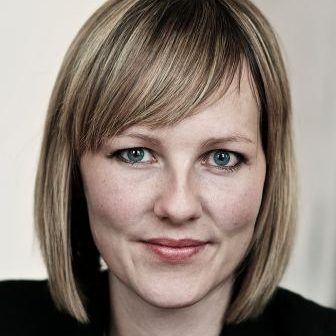
Member of the Danish National Parliament and 2012 European Young Leader (EYL40)
The circular economy offers the EU a chance to develop a positive new vision for Europe. It is a concept that has it all – new jobs, security of supply, a better quality of life, improved competitiveness, green growth and a path towards the re-industrialisation of Europe. The circular economy represents our chance to create a more sustainable, resource-resilient economy, and combine our hopes for continued economic growth with staying within the planet’s ecological limits.
The next President of the European Commission should make the circular economy a central political project for the coming five years. The EU is a large net importer of resources – as well as energy, there’s copper, gold, phosphorus, steel and many rare earths. Europe is a continent rich in ideas, but poor in natural resources. During the first decade of this century, resource prices increased by more than they had decreased in the previous 100 years and the signs are that this will continue to be the case. This should act as a wake-up call for politicians, business leaders and consumers too. We are at a point in history where resource prices are rising twice as fast as wages, so any business should see the importance of focusing on resources to ensure competitiveness.
To create a common European response to this situation, we should first make the transition towards a circular economy in which resources are used again and again, and in which materials continue to circulate instead of ending their lives in waste dumps or incinerators. This will entail a re-design of the way we produce and consume, and it also means that many companies must rethink their business model. Can they shift to leasing, repairing or take-back models? Could we design products that they can be dismantled in a such way that all their component materials can be used again? Could institutional investors focus their investments on more resilient business models?
The incoming Commission should look closely at the following areas coming under the headings of vision, regulation, innovation and partnerships.
The list of sectors that would benefit from circular economy thinking goes on and on, and the incoming members of the Commission who will have responsibilities for industry, competitiveness, environment, science and employment could each contribute in their own way. In line with the EU’s internal market and the free movement for people, we now need to integrate the policy solutions that are capable of tackling the resource crisis.
Next event In person & livestreamed

Past event In person & livestreamed

Past event In person & livestreamed
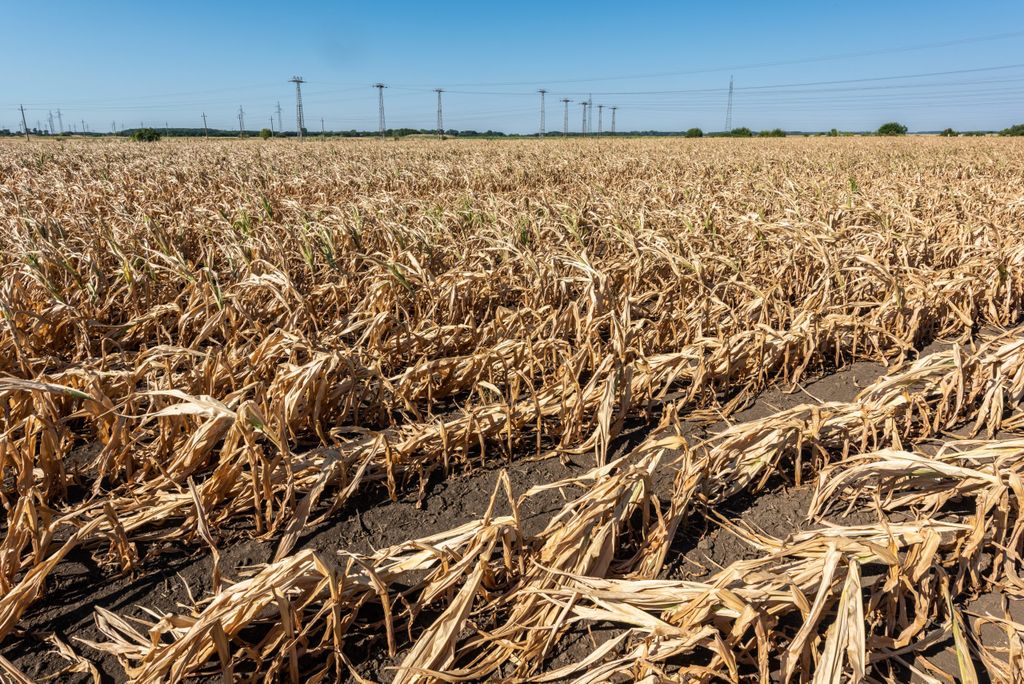
Past event In person & Livestreamed
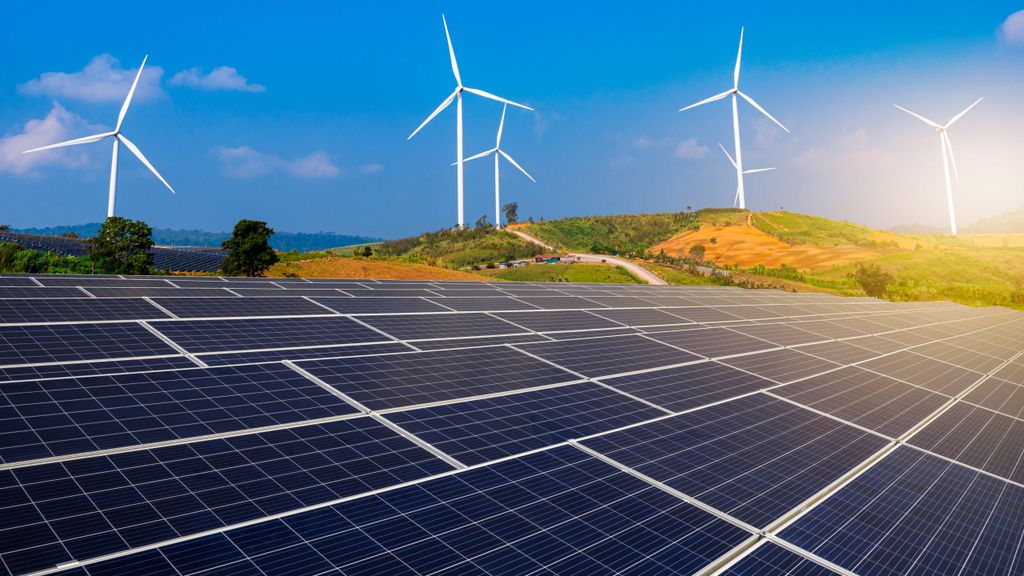
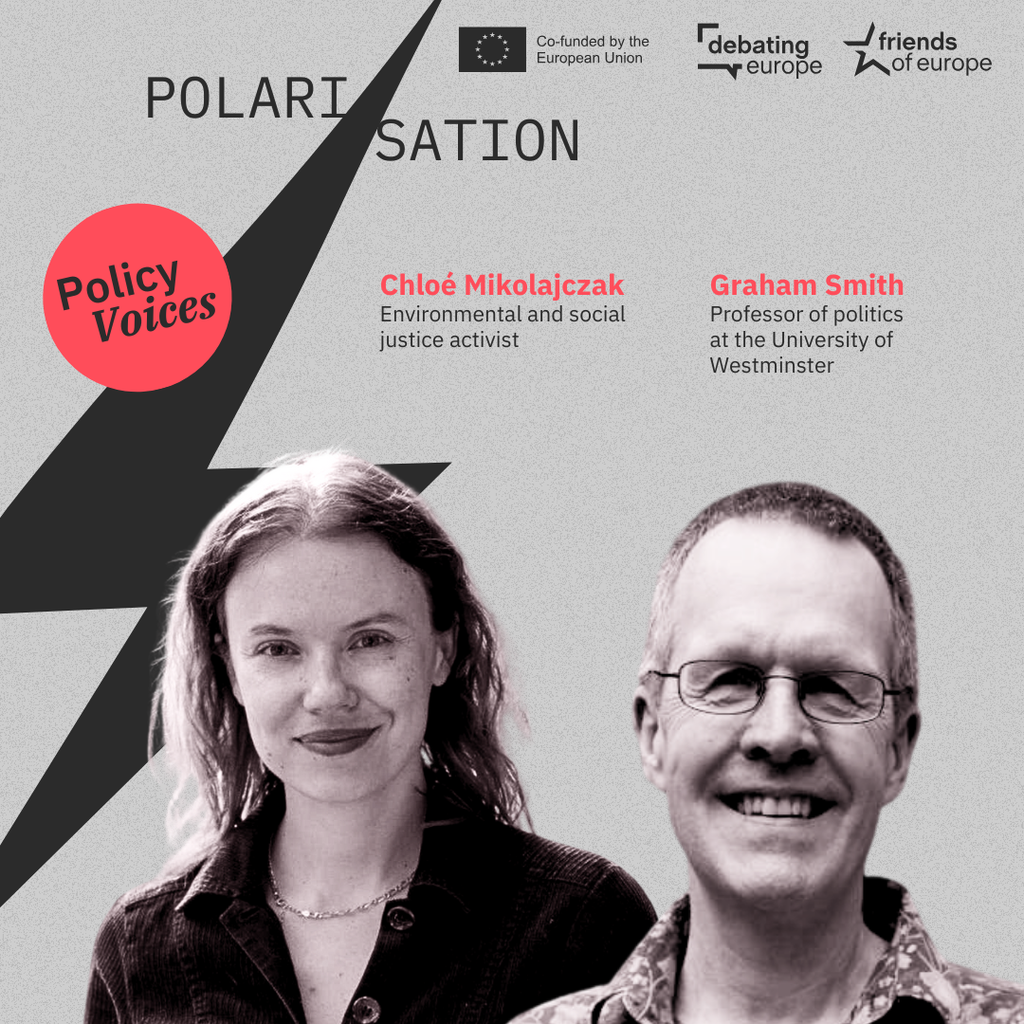

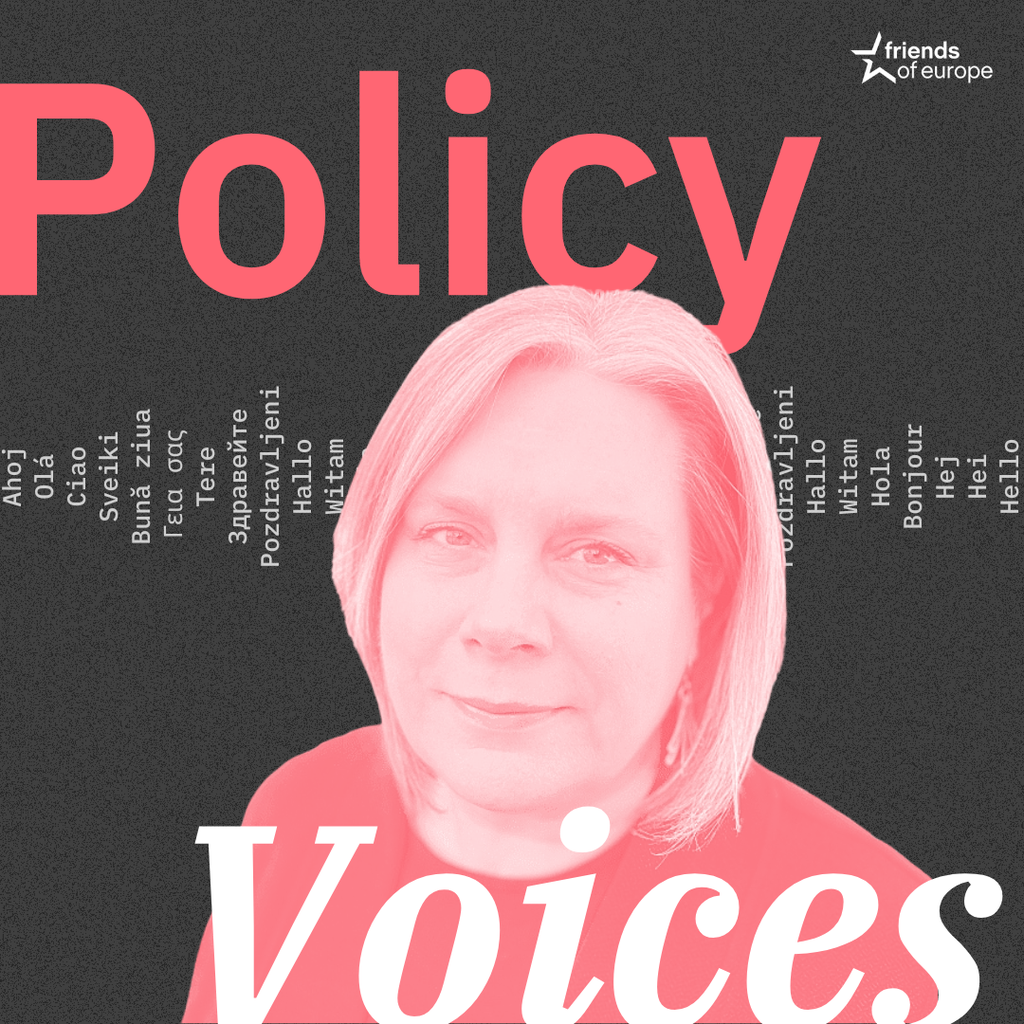
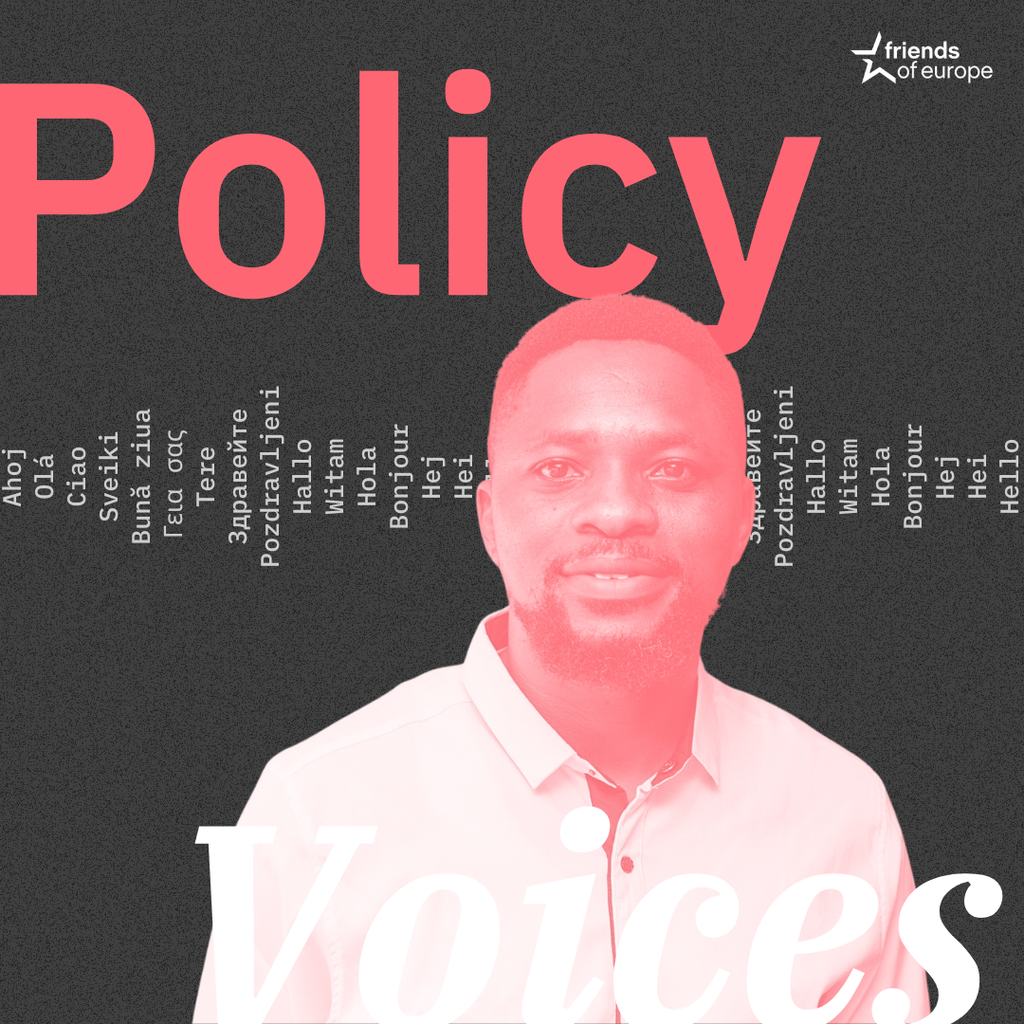
Stay informed
We use cookies and similar technologies to adjust your preferences, analyze traffic and measure the effectiveness of our campaigns. Learn more about our privacy policy.